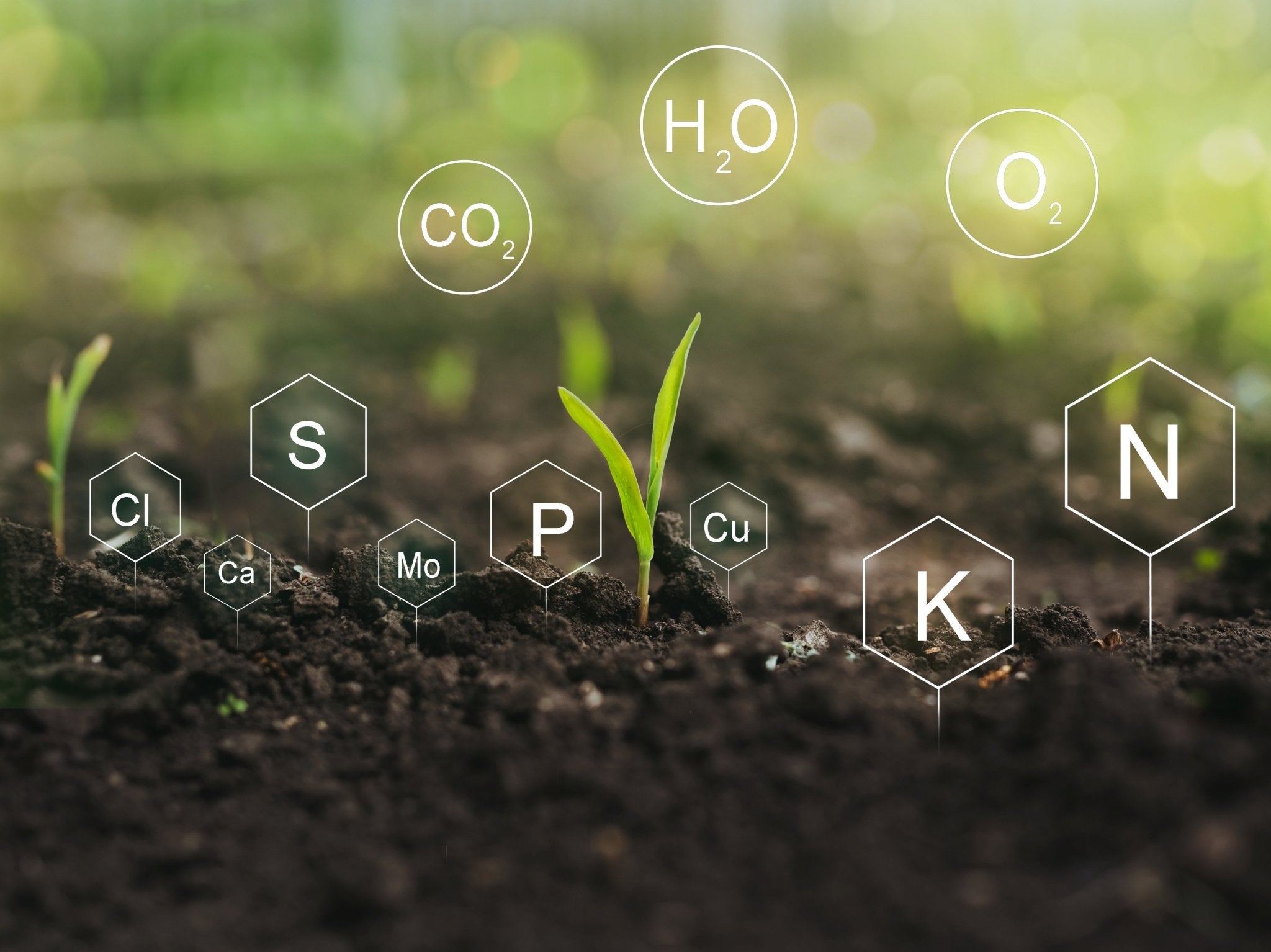Introduction
Are your once-lush green plants looking a bit under the weather? Are their leaves turning yellow, curling, or showing other signs of distress? If so, your plants may be suffering from a nutrient deficiency. Just like humans, plants require essential nutrients to thrive, and when these nutrients are lacking, it can lead to a range of problems. In this article, we will explore five common signs that your plants may have a nutrient deficiency and provide solutions to help your green friends flourish once again.
Identifying Nutrient Deficiencies

1. Yellowing Leaves (Chlorosis)
One of the most telltale signs of a nutrient deficiency in plants is the yellowing of leaves, a condition known as chlorosis. This typically indicates a lack of essential nutrients like nitrogen or iron. Nitrogen is crucial for healthy leaf development, while iron is necessary for the formation of chlorophyll, which gives plants their green color.

2. Stunted Growth
If your plants seem smaller than they should be for their age, stunted growth might be a sign of nutrient deficiency. Inadequate levels of nutrients such as phosphorus and potassium can hinder a plant's ability to grow and develop properly. Phosphorus is vital for root development, flowering, and fruiting, while potassium regulates various physiological processes.

3. Leaf Discoloration and Spots
Different nutrient deficiencies can manifest as various leaf discolorations and spots. For instance, a calcium deficiency may result in brown, dead spots on leaves, while a magnesium deficiency can cause yellowing between leaf veins. Identifying these patterns can help pinpoint the specific nutrient lacking in your plants.

4. Leaf Curling and Distortion
When leaves start to curl or become distorted, it's often a sign of stress due to insufficient nutrients. Potassium deficiency, in particular, can lead to curling or cupping of leaves, affecting a plant's overall health and appearance. Ensuring an adequate supply of potassium can prevent this issue.

5. Poor Flowering and Fruit Development
For those growing flowering plants or fruit-bearing trees, poor or delayed flowering and fruit development are red flags. Inadequate levels of essential nutrients like phosphorus and magnesium can hinder a plant's ability to produce flowers and fruits. Addressing these deficiencies can lead to more bountiful harvests.
Remedying Nutrient Deficiencies
Now that we've identified the signs of nutrient deficiencies let's discuss how to remedy them:
-
Soil Testing: The first step is to conduct a soil test to determine which nutrients are lacking. You can do this through a gardening center or with at-home testing kits.
-
Fertilization: Once you know which nutrients are deficient, choose a fertilizer specifically formulated to address those deficiencies. Follow the recommended application rates carefully.
-
Organic Matter: Incorporating organic matter into the soil can improve nutrient retention and overall soil health. Compost and well-rotted manure are excellent choices.
-
Proper Watering: Overwatering or underwatering can exacerbate nutrient deficiencies. Ensure your plants receive the right amount of water based on their specific needs.
-
pH Adjustment: Some nutrients become less available to plants if the soil pH is too high or too low. Adjust the pH as needed to optimize nutrient uptake.
Conclusion
In conclusion, keeping your plants healthy and vibrant involves recognizing and addressing nutrient deficiencies promptly. By paying attention to signs like yellowing leaves, stunted growth, leaf discoloration, curling, and poor flowering or fruit development, you can take action to ensure your plants receive the nutrients they require. Regular soil testing, proper fertilization, organic matter incorporation, appropriate watering, and pH adjustment can all contribute to thriving, nutrient-rich gardens.
FAQs
-
How often should I conduct a soil test for my plants?
- It's a good practice to conduct a soil test at least once a year, preferably before the growing season begins.
-
Can I use homemade compost as a fertilizer for my plants?
- Yes, homemade compost is an excellent natural fertilizer that enriches the soil with essential nutrients.
-
What is the ideal pH level for most plants?
- Most plants thrive in soil with a pH level between 6.0 and 7.0.
-
Are nutrient deficiencies more common in potted plants or garden beds?
- Nutrient deficiencies can occur in both potted plants and garden beds. It depends on the quality of the soil and the plant's specific needs.
-
Is it possible to over-fertilize plants?
- Yes, over-fertilizing can harm plants. Always follow the recommended application rates on fertilizer packaging to avoid this issue.
Remember that nurturing your plants with the right nutrients is key to ensuring they flourish and reward you with their beauty and bounty. If you suspect nutrient deficiencies, take action promptly to restore your garden's vitality.


